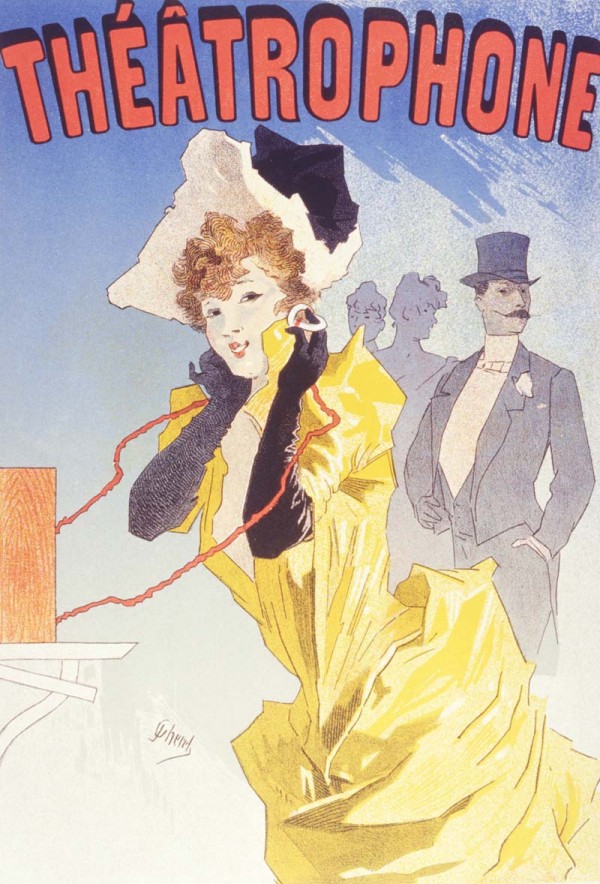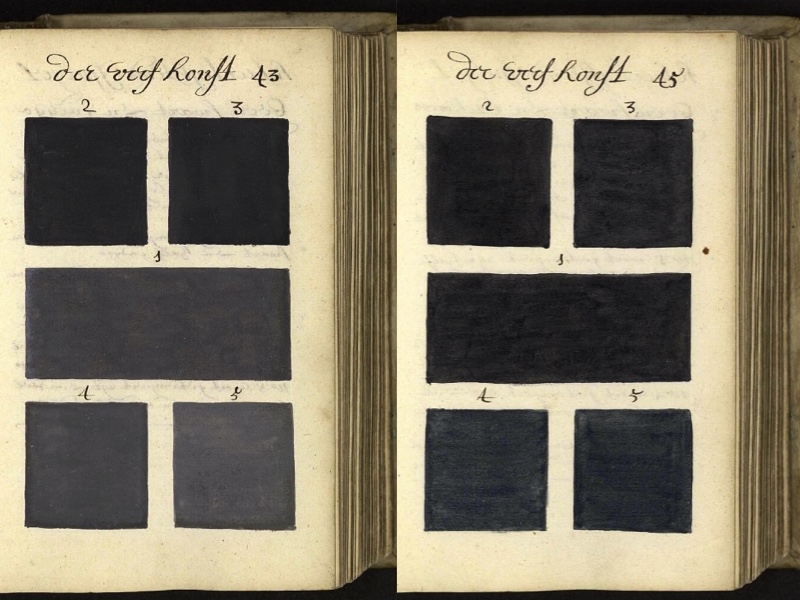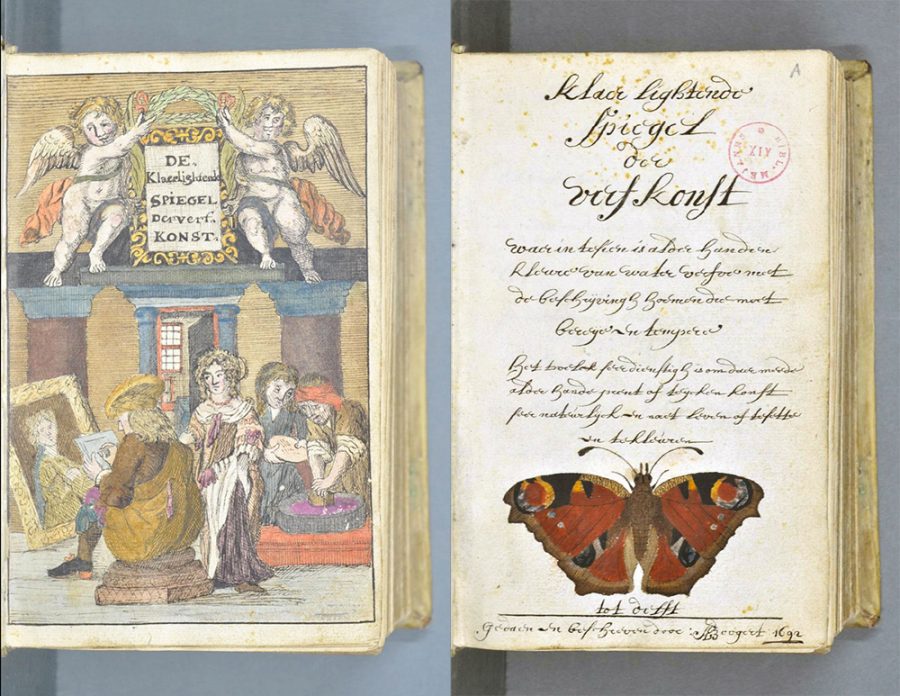
As we pointed out back in 2017, Cormac McCarthy, author of such gritty, blood-drenched novels as Blood Meridian, Child of God, The Road, and No Country for Old Men, prefers the company of scientists to fellow writers. Since the mid-nineties, he has maintained a desk at the Santa Fe Institute, an interdisciplinary scientific think tank, and has served as a volunteer copy-editor for several scientists, including Lisa Randall, Harvard’s first female tenured theoretical physicist, and physicist Geoffrey West, author of the popular science book Scale.
One of McCarthy’s first such academic collaborations came after a friend, economist W. Brian Arthur, mailed him an article in 1996. McCarthy helped Arthur completely revise it, which sent the editor of the Harvard Business Review into a “slight panic,” the economist remembers. I can’t imagine why, but then I’d rather read any of McCarthy’s novels than most academic papers. Not that I don’t love to be exposed to new ideas, but it’s all about the quality of the writing.
Scholarly writing has, after all, a reputation for obscurity, and obfuscation for a reason, and not only in postmodern philosophy. Scientific papers also rely heavily on jargon, overly long, incomprehensible sentences, and disciplinary formalities that can feel cold and alienating to the non-specialist. McCarthy identified these problems in the work of associates like biologist and ecologist Van Savage, who has “received invaluable editing advice from McCarthy,” notes Nature, “on several science papers published over the past 20 years.”
During “lively weekly lunches” with the author during the winter of 2018, Savage discussed the finer points of McCarthy’s editing advice. Then Savage and evolutionary biologist Pamela Yeh presented the condensed version at Nature for a wider audience. Below, we’ve excerpted some of the most striking of “McCarthy’s words of wisdom.” Find the complete compilation of McCarthy’s advice over at Nature.
- Use minimalism to achieve clarity…. Remove extra words or commas whenever you can.
- Decide on your paper’s theme and two or three points you want every reader to remember…. If something isn’t needed to help the reader to understand the main theme, omit it.
- Limit each paragraph to a single message.
- Keep sentences short, simply constructed and direct.
- Try to avoid jargon, buzzwords or overly technical language. And don’t use the same word repeatedly—it’s boring.
- Don’t over-elaborate. Only use an adjective if it’s relevant…. Don’t say the same thing in three different ways in any single section.
- Choose concrete language and examples.
- When you think you’re done, read your work aloud to yourself or a friend. Find a good editor you can trust and who will spend real time and thought on your work.
- Finally, try to write the best version of your paper—the one that you like. You can’t please an anonymous reader, but you should be able to please yourself.
- When you make your writing more lively and easier to understand, people will want to invest their time in reading your work.
As Kottke points out, “most of this is good advice for writing in general.” This is hardly a surprise given the source, though, as McCarthy’s primary body of work demonstrates, literary writers are free to tread all over these guidelines as long as they can get away with it. Still, his straightforward advice is an invitation for writers of all kinds—academic, popular, aspiring, and professional—to remind themselves of the fundamental principles of clear, compelling communicative prose.
Related Content:
Cormac McCarthy’s Three Punctuation Rules, and How They All Go Back to James Joyce
Josh Jones is a writer and musician based in Durham, NC. Follow him at @jdmagness









